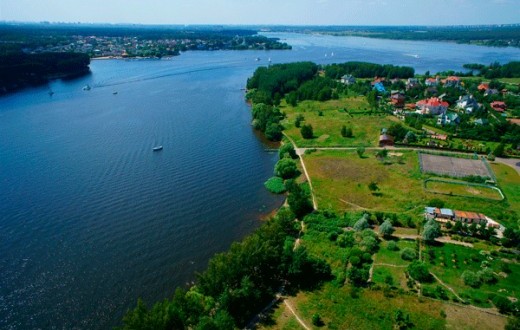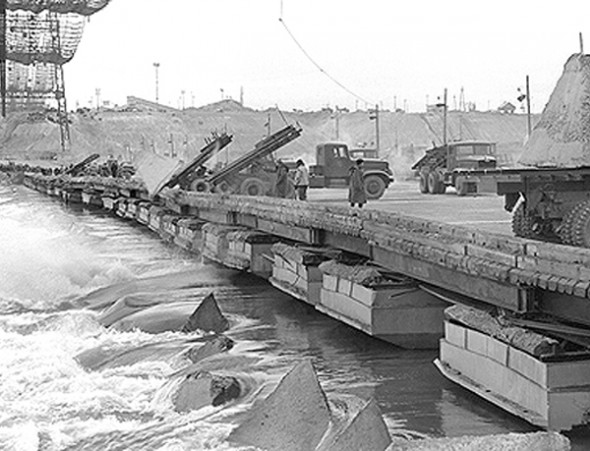55 years ago 290 ha in the region of Zhiguli Dam (previous name of Kuybyshev Reservoir) were swamped. Alexeyevsky, Laishevsky and Kuybyshevsky (Spassky) districts suffered the most. According to the specified data from Ulyanovsk researcher Eugene Burdin 149 settlements in Tatarstan were swamped, among them 88 were swamped entirely and 61 – partially.
Water instead of forest
In 1952 4511 and 2137 households in TASSR (Tatar Autonomous Soviet Socialist Republic) were included into the list of flooded and impounded settlements. Yet there were some projects since the beginning of the 1950s. According to the first project, 19997 ha should have been exempted in Alexeyevsky district and according to the second one 30676 ha should have been exempted. In 1952 only in three regions 1249 households, 3 seven years schools and 7 elementary schools, two village reading rooms, three clubs and two selsoviets (rural councils) were planned to be relocated.
Anatoly Kaseev from Alexeyevsky district says: “Before swamping there were meadows and forests in these places. Workers from the Lespromkhoz (timber industry enterprise) have sawn down trees for 5 years. We knew that when they finished we would have been removed. People emigrated till 1957 and all the remaining buildings were burnt. The majority of people had light-construction houses of bad quality. Our log cabin inherited from grandfather was transported in piece by piece by horses”.
The place of relocation was determined from “above”. There is no wonder that not everyone was satisfied with the choice. In March 1952 the executive committee (Ispolkom) of Verkhneuslonsky District made a comment to the draft decree by the Council of Ministers (Sovmin) of TASSR: “…in the village of Kuzemkino 50 households from 95 are planned for relocation. We request you to include all 95 households into the list and to remove them into the village of Mizinovo…The village of Sviyazhsk should be removed into Vedeno-Slobodskoy selsoviet and the part of it into the village of Verhniy Uslon”. At the same year Tatsovhoztrest objected to the decision of the Kazan city council’s executive committee to remove Sovkhoz №5 from Leninsky district outside Kazan. The trust used to provide city children hospitals with milk and vegetables.
However, the archives make it hard to estimate whether these opinions were listened. According to the documents objections to the kolkhoz relocation projects were considered to be “unreasonable”. So, it seems that only wishes of the population were not enough.
“Not to sink after all!”
“Due to irresponsible attitude of regional councils’ (raisoviet) executive committees to the relocation of population and kolkhozes … the places of relocation were changed, executive committees made decisions not taking into account public opinion and had to reconsider them”
According to the plan Chuvash villages of Solontsy, Wurman-Kosi and Chuv. Culture (126 households in total) should have been removed into the village of Romodan.
Konstantin Maximov from Solontsy says: “In 1953 our family was removed into settlement of Savinsky (at the border with Alexeyevsky district) where our relatives lived. Some neighbors returned to their historical homeland in Chuvashia. This relocation took no less than a month. For those who removed in a long distance houses were not transported, but the people got compensation for them”.
“Certainly, there were dissatisfied people in these relocations. Even during a usual moving something can be lost or broken. There were and those who has just built new houses. Yet we had to remove, not to sink after all! And government policy was unquestionably supported. Neither houses nor workplaces nor kolkhoz buildings remained under water , except of cellars, water wells and some pegs. Everything that wasn’t removed was demolished”.
As a compensation the removed kolkhoz workers and employees were exempted from taxes, insurance payments and supply of food to the state for two years. Furthermore, Selkhozbank (Agricultural Bank) was obliged to provide them building and renovation loans with two or three years’ delay of payment.
Author: Alexandra Dorfman
Source: aif.ru


